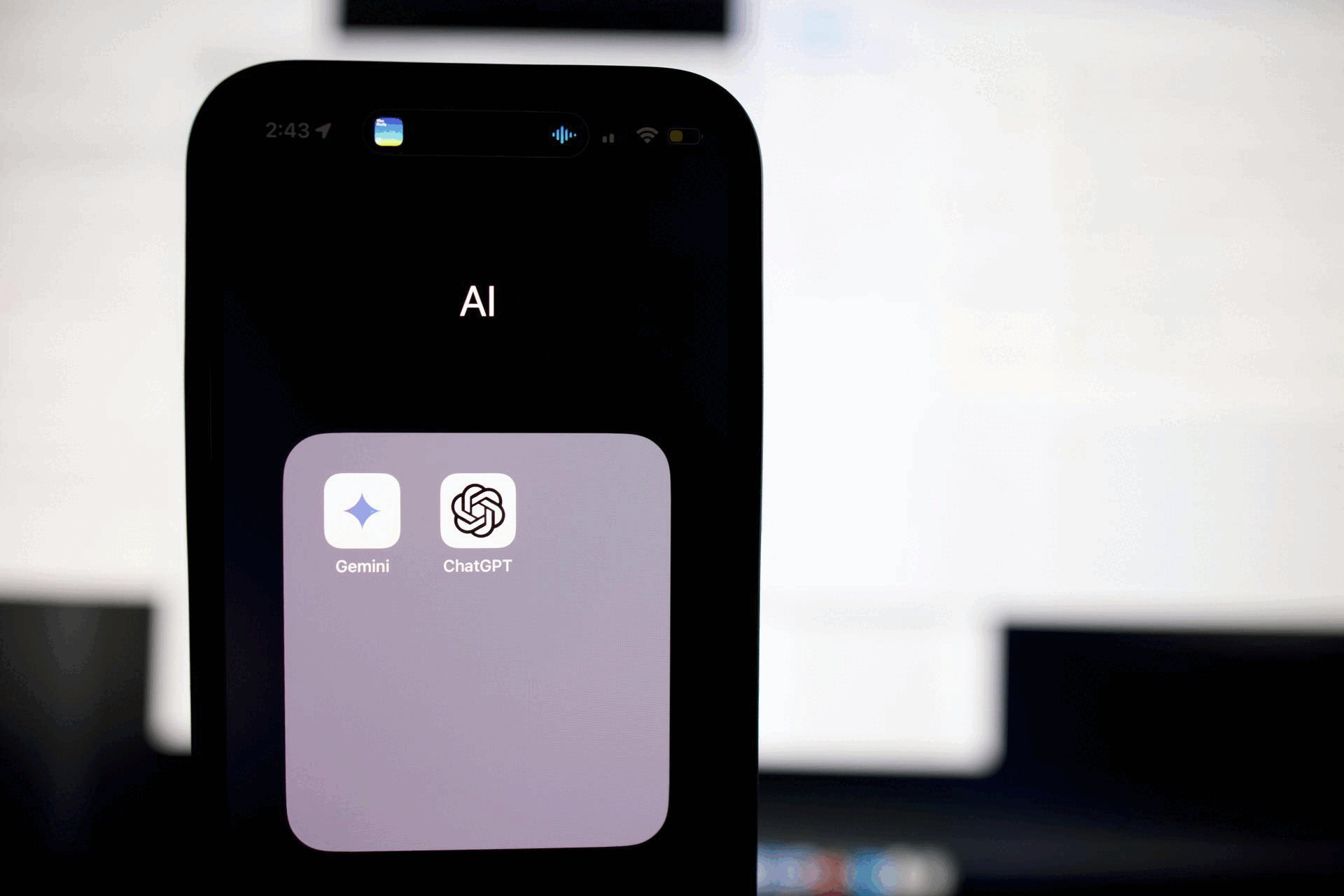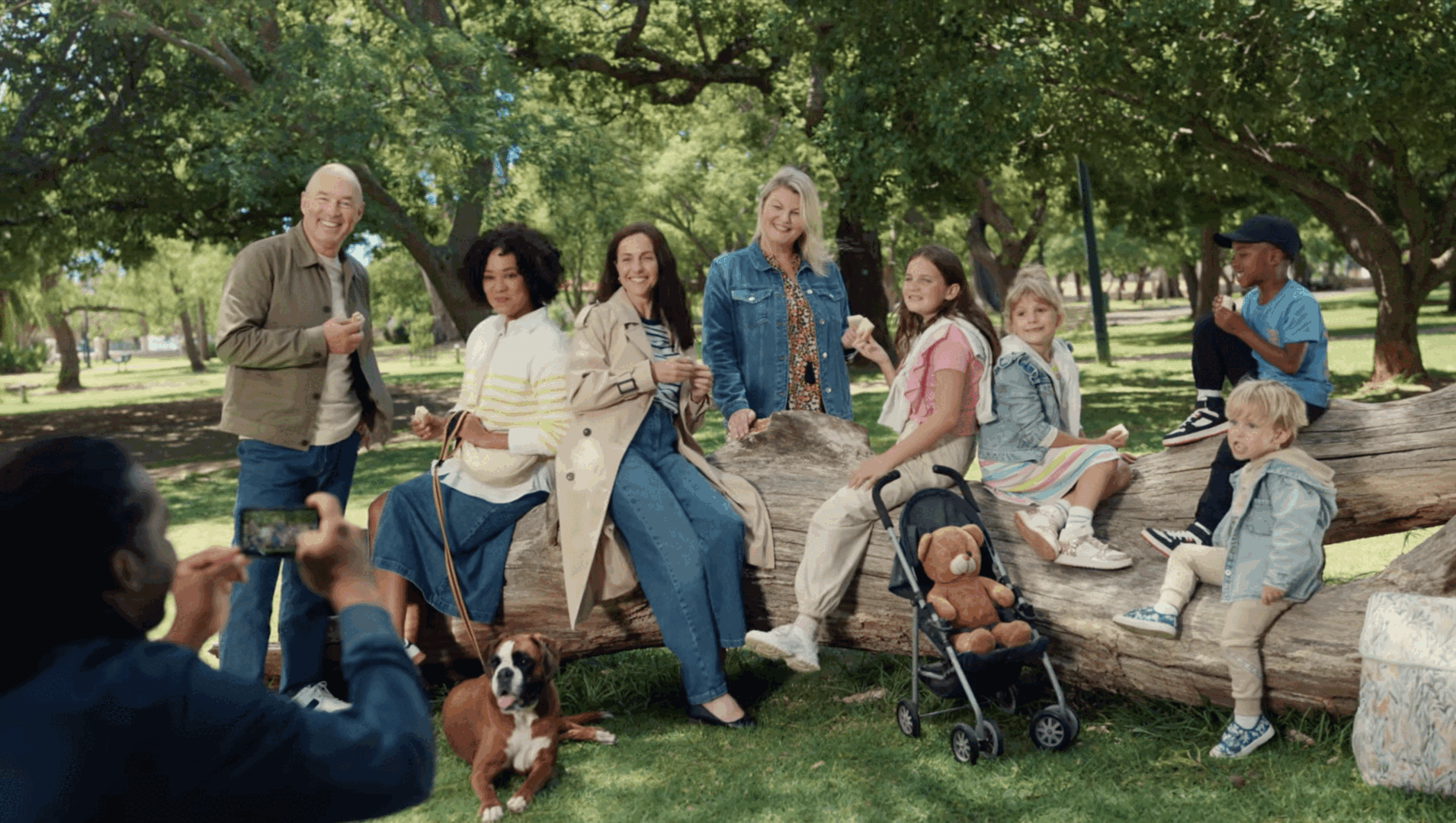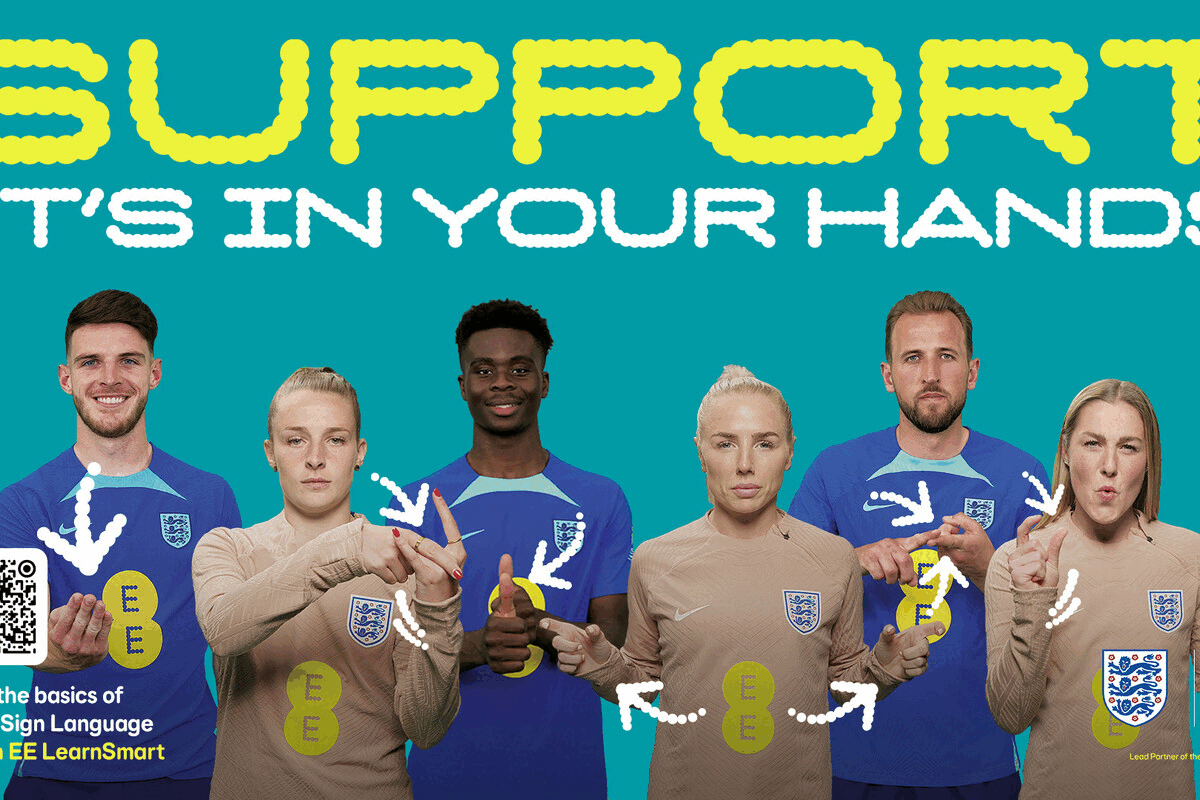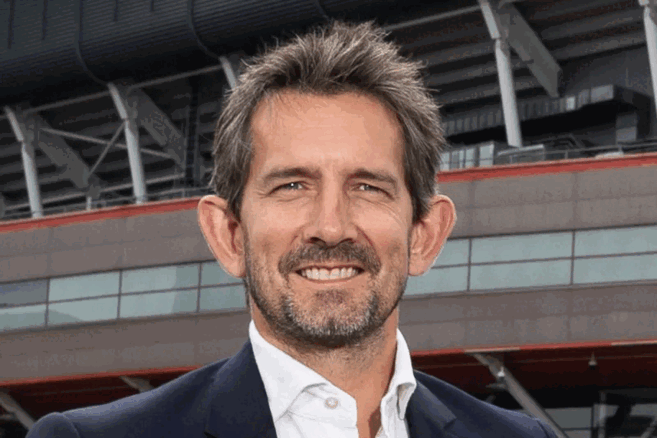EE Micro Network Set to Connect 1,500 Rural Communities
- Tuesday, December 2nd, 2014
- Share this article:
 EE is set to establish a series of ground-breaking micro networks that aim to connect more than 1,500 rural communities that have struggled the receive mobile and broadband internet by the end of 2017.
EE is set to establish a series of ground-breaking micro networks that aim to connect more than 1,500 rural communities that have struggled the receive mobile and broadband internet by the end of 2017.
The micro networks will provide coverage to remote areas without the need for broadband or cables, and will enable residents in the area to access voice services, as well as 3G and 4G mobile data.
The communities targeted for the scheme have remained largely unconnected by traditional approaches to network deployment that have relied on building and maintaining large masts.
The micro networks wirelessly connect small mobile antennas to a suitable nearby macro site without the need for cabling. They can connect communities of around 150 homes and businesses, across an area of half a square mile, with just three or four small antennas, which can be installed in just a few hours, and without the need for planning applications.
The first community to be connected using a trial version of the micro network technology is Sebergham, a small village in Cumbria with 347 residents that sits in a deep valley.
“The mobile service here is either non-existent or spasmodic at best. And the broadband is incredibly slow and very unreliable,” said Duncan Fairbairn, Cumbria county councillor. “In rural communities like Sebergham, being connected to good, reliable mobile coverage can make a significant difference to everyday life and we need fast broadband.
“Were delighted to be the first community in the UK to benefit from the EE initiative, and there are more villages in my parish that I know will benefit hugely from this, and theyre excited to be connected next.”
“With this innovative new technology, we have the capability to connect every community in the UK, and we estimate that well be able to bring reliable voice coverage and high speed mobile broadband to more than 1,500 places for the first time by 2017,” said Olaf Swantee, CEO of EE. “Weve been working closely with the government on the long-term ambition to bring voice coverage to more of the UK, and we believe that this world-first technology will demonstrate significant advancements against that vision.”
















